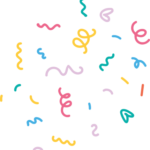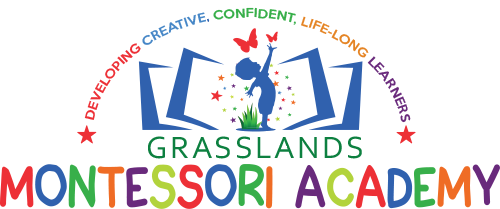Early Childhood

Early Childhood
The Early Childhood Program, for ages 3 to 6 years old, allows the child to focus upon ordering their environment and to become familiar with academic concepts through concrete manipulation. A love of learning results which prepares the child for a lifetime of education.
Class Offerings
The Early Childhood classroom is divided into several different areas (Practical Life, Sensorial, Language, Math, and Culture) and within these areas, the exercises are logically organized from simple idea to the complex, and from concrete to the abstract. Each area has hands-on materials which are geometrically shaped, simply designed, aesthetic, and suitable for small hands. Interaction with these high-quality materials, rewards the child with a range of sensorial experiences.
Areas Covered by Early Childhood
Practical Life
The Practical Life exercises enable the children to learn self-control, both mental and physical. The children prepare snacks, scrub tables, learn how to buckle, snap, tie, zip, pour liquids, water plants, and, in general, take care of themselves, their environment, and each other. The Practical Life exercises appeal to the child’s natural desire for independence and order at this age.
Language
The Language work of the child begins at birth — the child hears the spoken language and begins the development necessary for assimilation. Young children learn through movement, and the sandpaper letters help them learn the phonetic sounds of the alphabet not only through sight but through touch. Reading and writing are complex skills which are built upon all the experiences of the young child and which usually occur naturally and spontaneously in the Montessori environment.
Sensorial
We have an extensive number of sensorial materials that help to enhance the child’s understanding of his or her physical environment through manipulation of materials which isolate certain aspects of that environment, such as color, sound, taste, smell, touch and spatial relationships.

